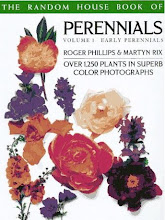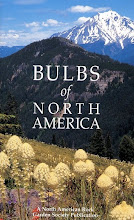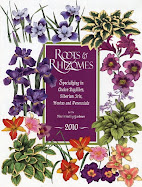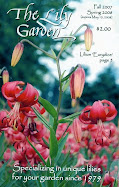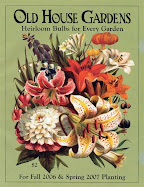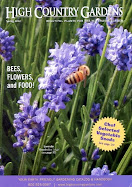The beds are densely planted with perennials. May 2009
There is shrubbery. May 2009
There is a lot of color. June 2009
There is a xeric garden. August 2008
There are often clouds. October 2008
You can see the houses across the street, for now. December 2008
You can see Lake Washington, Mercer Island & the Cascade Mountains. March 2009
My garden, the
Cascadia Garden, sits on top of Cascadia Ridge in the
Mt Baker neighborhood of the city of
Seattle. The city of Seattle rests between 2 bodies of water:
Puget Sound &
Lake Washington. Cascadia Ridge is much closer to Lake Washington than to Puget Sound: a substantial part of the
Salish Sea & a very small part of the
Pacific Ocean. The Salish Sea is set apart from the Pacific by the
Olympic Peninsula in the state of
Washington &
Vancouver Island in the province of
British Columbia. The dense, wet clouds of the Pacific Ocean travel as far as the
Cascade Mountains, near the Salish Sea & not very far from the ocean. East of the Cascades lies the desert of the
Columbia Basin. The moist, temperate climate of Seattle extends south to northern California, north to southwestern Alaska. The
Pacific Northwest Coast from
San Francisco Bay to
Cook Inlet shares a flora dominated by
coniferous forest.
The central portion, west of the
Cascade Mountains, is called Cascadia. The climate is cool & wet from fall to spring, warm & dry in summer. The
Olympic Mountains block Seattle from much of the Pacific rainfall. Seattle is drier than the Atlantic coast of North America & northern Europe. It lies near the latitude of Paris & Munich, but is cooler in summer, warmer in winter. In this tiny piece of the vast
world, I grow plants from the
Pacific Northwest, eastern
North America, Europe, Asia, few from Chile, from New Zealand mostly
Hebe, a few
Callistemon from Australia & not very many perennials from South Africa:
Agapanthus,
Crocosmia,
Eucomis &
Kniphofia. The first exotic plants came to Cascadia from Europe with the American settlers.
Ilex aquifolium &
Hedera helix remain a problem.
Japanese plants & garden design became popular in the 20th century, after Japanese immigration. Native plants are seldom seen except in natural areas. Many of the native plants in the
Cascadia Garden came from the logged forest land of my grandparents on
Phantom Lake near
Lake Sammamish. From the original
homesteader, they bought 60 acres of stumps with a bog & a bit of shore on a tiny lake.
The original people of Cascadia were the
Coast Salish, in Seattle the
Duwamish. The
Duwamish River flows through Seattle to Puget Sound. The Coast Salish people of Puget Sound lived in long wooden houses shared by many. It is said that all the
Suquamish lived in
Old Man House, more than 600 feet long. They collected plant foods from the forest, salmon from the rivers & shell fish from the margins of Salish Sea.
Seattle was chief of the Duwamish & Suquamish peoples. There was a small Duwamish
village on Lake Washington near
Seward Park. An amazing forest grows there. It has survived almost untouched. Near towering
Pseudotsuga menziesii &
Thuja plicata, grow
Quercus garryana, likely planted by the Duwamish as a source of acorns. When I walk through that forest, I know the ground where I garden was once just the same.



















































































